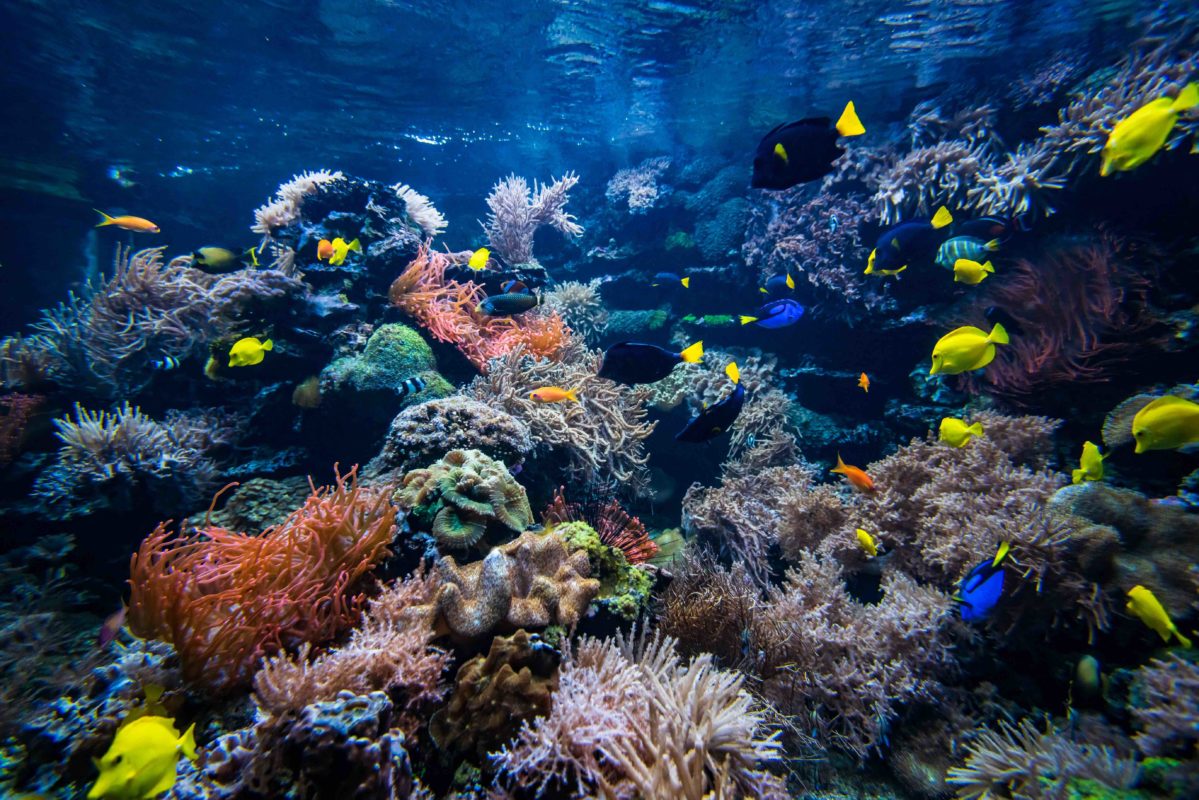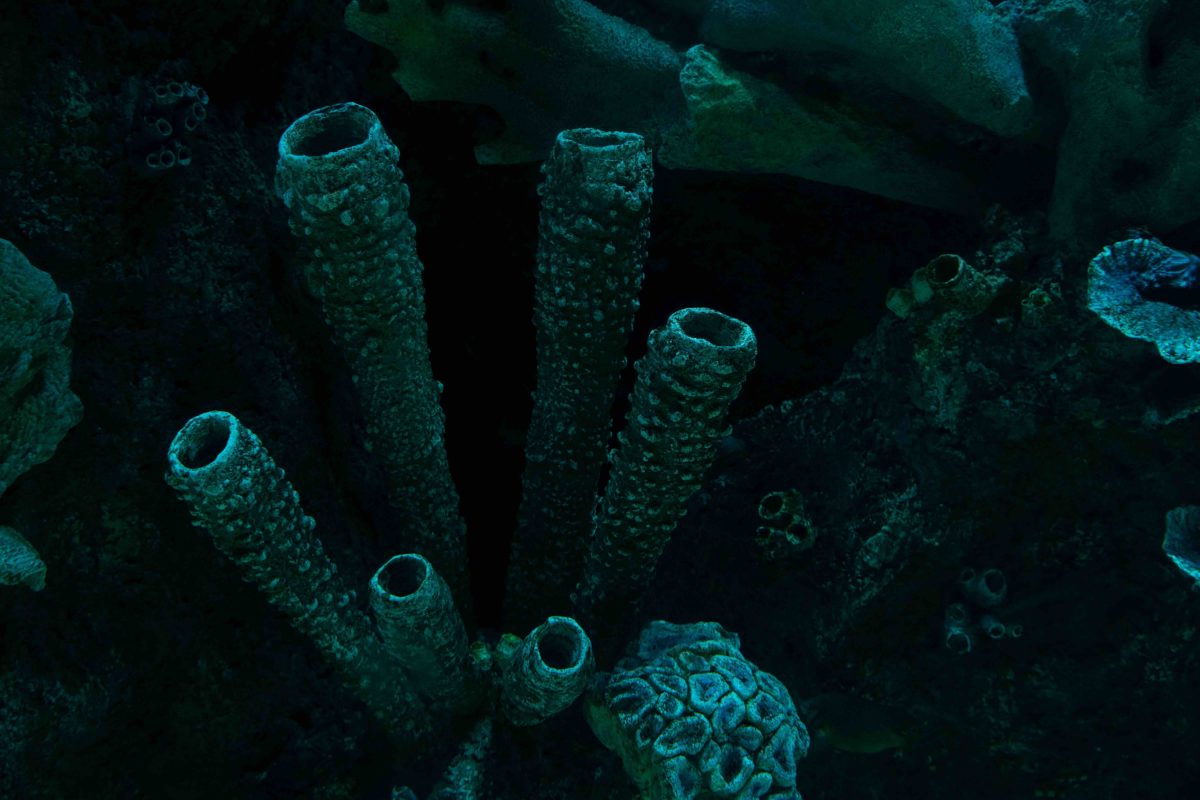Why We Struggle to Map the Ocean Floor
Us humans are an inquisitive, investigative bunch, and that’s paid off in dividends, enabling us to map out some incredibly distant, unfamiliar, and hostile environments. Indeed, we’ve managed to create fairly comprehensive maps of everything from dangerous mountain ranges, to dense forests, to the moon, Mars, and even Venus.

However, despite our impressive scientific know-how and unshakable commitment to exploration, we’ve yet to produce any meaningful representation of the mysterious world that lies beneath our planet’s waters. Want to discover why that is and the reason we need to figure it out? Continue reading below.
The Difficulties
If you’ve found yourself taking a dip in the ocean during a recent vacation, then you know just how awe-inspiring it is. Stretching as far as the eye can see and filled with a truly shocking number of beautiful, weird, and wacky species of marine life, it’s such a unique environment - and it’s one we’ve spent countless years, decades, and even centuries getting to know.
By now, we have a pretty firm grip on what lies close to the surface. Yet the reality is that we’re still nowhere near close to fully mapping these vast stretches of oceans. According to the National Ocean Service, more than 80% of our ocean is unmapped, unobserved, and unexplored, and the work on that front seems like it’ll continue to move at a snail’s pace for the foreseeable future.

There are two primary reasons for this. The first one is simply that there’s a lot (and we do mean a lot) to explore. In fact, 71% of our planet is comprised of the ocean, and the majority of that is far beneath the surface where we can easily explore. And this is where the second problem comes into play: the depths of the ocean floor are so deep that our normal mapping means aren’t terribly available to us.
For example, tools like satellites are entirely out of the question when it comes to mapping the ocean floor. After all, the signals that are sent out in this mapping technique are basically a form of light, and the sheer amount of water between the surface and the very bottom of the seafloor totally swallows them up. Inky black and impenetrable to satellite technology, getting the job done is left mostly up to sonar.
And in theory, this should work okay enough. Sound travels far more efficiently underwater than in air and can reach depths that satellite signals could never dream of. There’s still an issue here, though, and it’s that it’s very slow work. Regular sonar may have the ability to operate within the crushing waters of our seas, but it doesn’t usually have the kind of coverage required to map the ocean floor in any kind of quick, effective way - thus why we’re here, 2022 and a whole world still to discover.
What's The Point?
As you can now begin to understand, there’s a considerable number of obstacles standing between us and actually knowing what our ocean’s landscape looks like below the easily accessible bits. But what you might still be wondering is why any of that matters in the first place. Why should we even care about the ocean floor? Is mapping it really that important?
If you’re having similar thoughts, we understand. Although, the reality is that there are several reasons why it’s critical that we find a way to overcome these obstacles - and soon. For starters, we need more detailed information to keep the ships that sail that ocean breeze safe. Sure, they’re functioning at the very surface, but there are countless hazards that could be lurking far below, and we need to know just what (and where) those are to protect all our seafarers.
Of course, there’s more to it than just that. Mapping the seafloor could also assist us in knowing where to build offshore structures, help us better understand and predict how our ocean currents react to underwater features, and generally provide answers to the staggering amount of scientific questions we have about the mystifying marine environment that has remained unseen since the very beginning of our species. So, yeah. There’s kind of a lot riding on getting these comprehensive mappings done.
The Future Of Ocean Mapping
Mapping the seafloor is being pushed by so many different groups these days. Everyone and their uncle is clamoring to see coverage expand despite years of seeing little, but their continued vocal support for the practice has not been in vain. There definitely has been movement happening on the mapping front, and we’re already seeing that firsthand right now.
Do you remember how we casually dropped the bombshell that only 20% of the ocean floor is currently mapped in detail? That may seem like nothing, yet that’s a sharp increase from just a few years ago. Back in 2014, that number was estimated to be just 10-15%, which means we’ve possibly doubled our coverage of the seafloor in just the last seven or eight years. In case you couldn’t tell, that’s a huge deal.

It’s all thanks to the fact that mapping our oceans has become a truly global effort. Nearly every ocean research team has done their part to lend a helping hand, and a staggering number of government agencies, private investors, big spender organizations, and others have reached deep into their pockets to fund it all. Well, that and the use of more modern and powerful multi-beam echosounders - those have been instrumental to progress, too.
When you look at everything combined, the future of mapping the ocean floor looks bright. It’s (likely) only a matter of time until we see all the hard work pay off, and that will open up some truly amazing possibilities for us all. Until then, it’ll continue to be a struggle, but it’s clear that no one is ready to back down at the challenge anytime soon.

